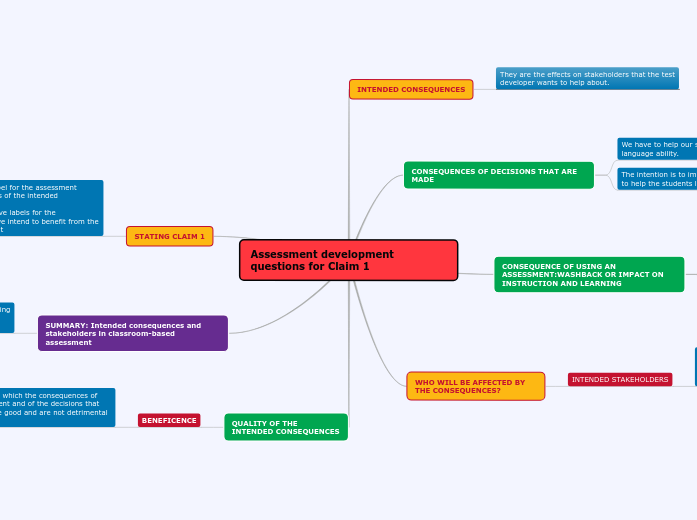av Lara El Bachouti för 8 årar sedan
989
Attitude And Behavior
Attitudes are evaluative statements or judgments regarding people, objects, and events, shaped by social, cognitive, and experiential factors. They comprise three main components: cognition, affect, and behavior.









